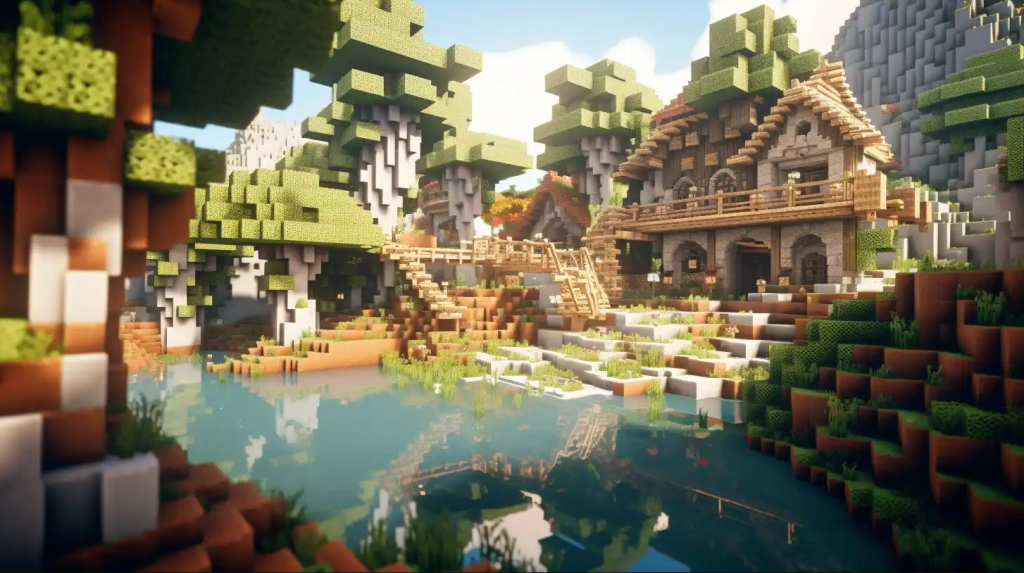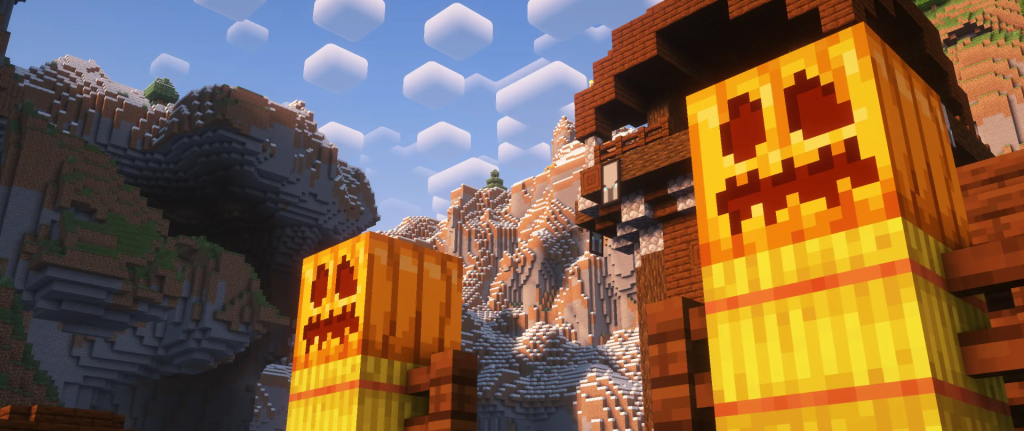Minecraft Server Hosting: Crafting a Seamless Multiplayer Experience
Minecraft, a globally beloved sandbox game, has undergone a transformative evolution from its single-player origins to the vast multiplayer realms that captivate players worldwide. Central to this evolution is the realm of Minecraft server hosting—an integral component that enables individuals and communities to create and explore shared virtual worlds. In this comprehensive article, we will delve into the multifaceted landscape of Minecraft server hosting, examining its significance, key attributes, the process of selecting a hosting service, and the steps involved in setting up a Minecraft server.
Understanding Minecraft Server Hosting
At its essence, Minecraft server hosting involves leasing server space from a hosting provider to run a multiplayer Minecraft server. This departure from relying on personal computers for hosting offers several advantages, including enhanced performance, increased player capacity, and a more stable gaming environment.
Key Features of Minecraft Server Hosting

- Server Performance and Specifications: Hosting services provide a range of server specifications, encompassing factors such as processor speed, RAM, and storage space. These specifications directly influence the server’s performance, ensuring a seamless and lag-free gaming experience for players.
- Customization and Mod Support: The rich and diverse Minecraft modding community is a significant draw for players seeking to enhance their gaming experience. Leading hosting services facilitate modding, allowing users to customize their servers with an array of mods. This opens up a realm of possibilities, from introducing innovative gameplay mechanics to enhancing visuals with unique textures and items.
- Scalability: As player communities grow, so do the demands on server resources. A reliable hosting service should offer scalability options, allowing users to effortlessly upgrade their servers to accommodate more players or additional features.
- Control Panel and User Interface: An intuitive and user-friendly control panel is a cornerstone of effective server management. Leading hosting services provide an interface that empowers users to effortlessly modify settings, install mods, and monitor server performance.
- Security Measures: Security is paramount in the online gaming world. Reputable hosting services implement robust security measures to safeguard servers from DDoS attacks, unauthorized access, and other potential threats.
Choosing the Right Hosting Service
The landscape of Minecraft server hosting is populated by a myriad of service providers, each offering unique features and plans. Choosing the right Minecraft Server Hosting service necessitates a careful consideration of various factors:
- Performance: Evaluate server specifications to ensure they align with the anticipated player base and server requirements. A well-matched server ensures optimal performance and a satisfying gaming experience.
- Customer Support: Responsive and reliable customer support is indispensable, especially when technical issues arise. Seek hosting services that offer 24/7 support through various communication channels to address any challenges promptly.
- Pricing and Plans: Compare pricing plans and features across different hosting services. While budget considerations are crucial, it’s essential to balance cost with the resources provided to ensure a seamless multiplayer experience.
- Uptime Guarantee: A high uptime percentage is vital for uninterrupted server accessibility. Look for hosting services that provide a robust uptime guarantee, minimizing downtime and disruptions.
- Reviews and Reputation: User reviews offer valuable insights into the performance and reliability of hosting services. Pay attention to feedback on server performance, customer support, and overall user satisfaction to make an informed decision.
Setting Up Your Minecraft Server

Once a hosting service is selected, the process of setting up a Minecraft server involves several key steps:
- Choose a Server Plan: Select a hosting plan based on specific preferences, including the desired number of players, server specifications, and available resources.
- Install Minecraft Server Software: Hosting services typically provide a straightforward process for installing Minecraft server software. This may involve using a one-click installer or uploading server files to the hosting platform.
- Configure Server Settings: Access the server control panel to configure settings such as server name, game mode, and difficulty. Customize the experience by enabling or disabling specific features and mods.
- Invite Players: Share the server IP address with friends or the broader Minecraft community to invite players. Some hosting services offer whitelisting options, providing control over server access.
- Manage Your Server: Regularly monitor server performance through the control panel, making necessary adjustments and addressing any issues promptly minecraft server host. Engage with the community to ensure a positive gaming experience for all players.
Fostering Virtual Communities
In the expansive realm of Minecraft, server hosting services play a pivotal role in fostering vibrant and interconnected communities. By providing the necessary infrastructure and support for multiplayer experiences, these services empower players to collaboratively shape and explore virtual worlds. Whether you’re a casual player seeking enjoyment with friends or a community leader aiming to establish a thriving server, the choice of the right hosting service is pivotal. With careful consideration and the right hosting partner, you can seamlessly craft your virtual realm and embark on an adventure that transcends the boundaries of single-player gameplay. Minecraft server hosting is not just about hosting a server; it’s about building and nurturing communities in the digital landscapes of creativity and collaboration.
